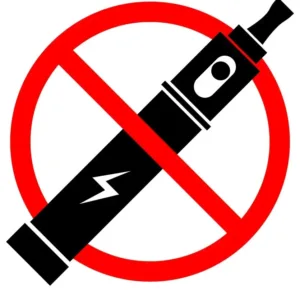Interdiction des arômes de vape au Québec: Questions – Réponses
English Article Here Qu’est-ce que l’interdiction des arômes? À compter du 31 octobre 2023, la province de Québec interdira la vente de tous les produits aromatisés de vapotage/nicotine et d’e-liquides. Les seuls “arômes” autorisés à la vente sous l’Interdiction des arômes au Québec sont les liquides sans arôme et les tabacs. Les fruits, les menthes … Read more





